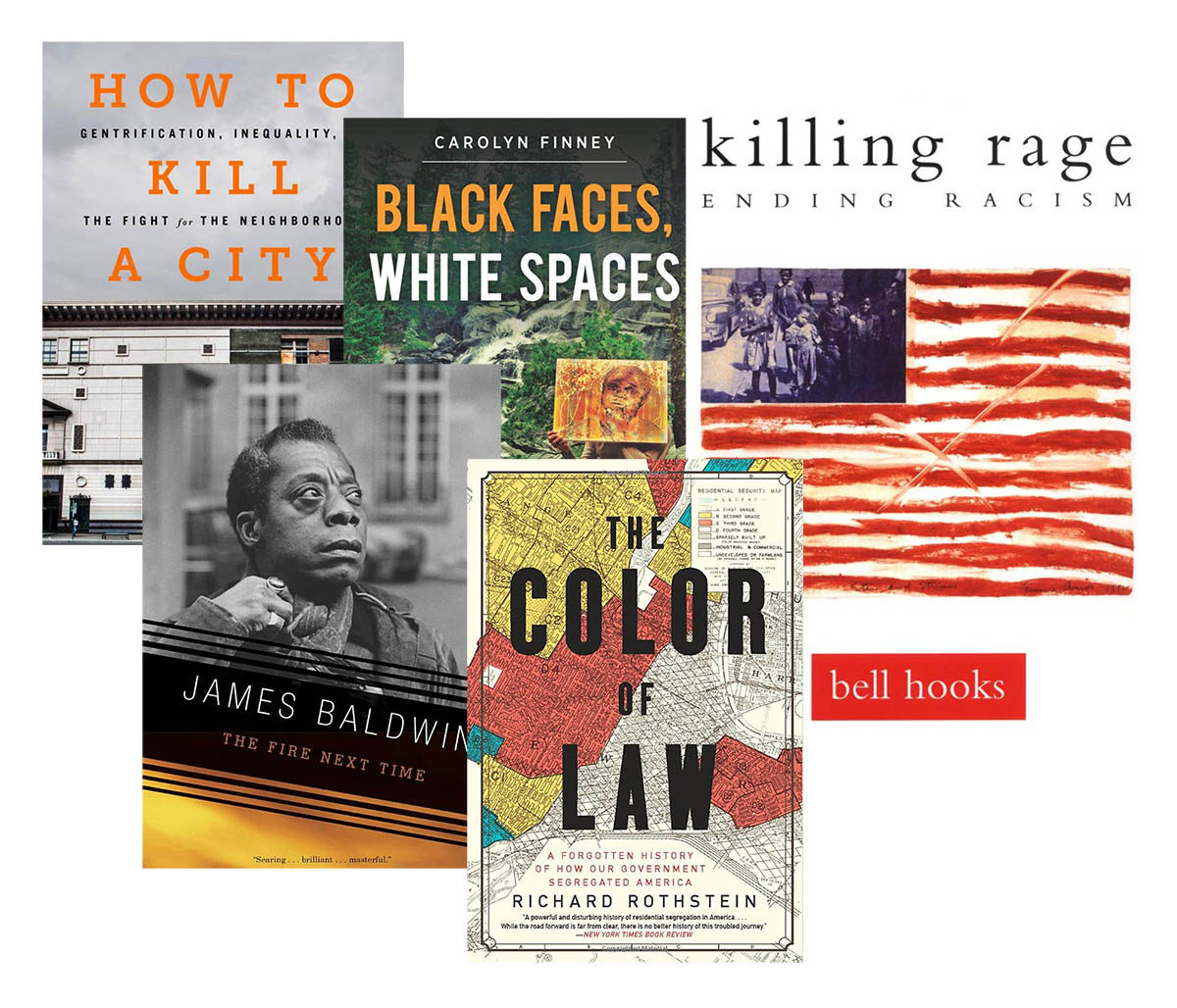How can design contribute to the fight against racism? As a place to start, the African American Design Nexus—an initiative developed by the Frances Loeb Library in collaboration with the GSD African American Student Union—has curated five essential titles for anti-racism reading.
The recommendations come from a list of over 45 books on race and design crowdsourced from the GSD community in honor of the 50th anniversary of the first Black History Month celebrations. The open-access bibliography is designed to “showcase and initiate conversation about the work of Black designers throughout the world and to critically re-examine the legacy of racial discourses in modern and contemporary design thinking and practice.” It is a living document fueled by submissions from the GSD community. Learn how to submit a book or other printed media.
For more recommended reading, visit A Call To Explore: Design, Race, and the Built Environment book suggestions from the GSD community.
The Fire Next Time
by James Baldwin
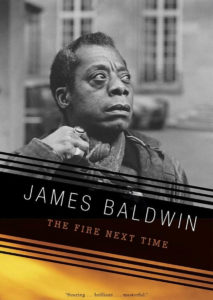
“At once a powerful evocation of James Baldwin’s early life in Harlem and a disturbing examination of the consequences of racial injustice, the book is an intensely personal and provocative document. It consists of two ‘letters,’ written on the occasion of the centennial of the Emancipation Proclamation, that exhort Americans, both Black and White, to attack the terrible legacy of racism.”
Publisher: Vintage
The Color of Law: A Forgotten History of How our Government Segregated America
by Richard Rothstein
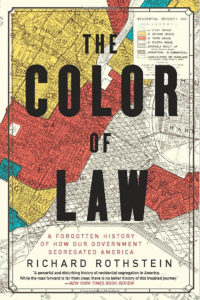 “Richard Rothstein describes how the American government systematically imposed residential segregation: with undisguised racial zoning; public housing that purposefully segregated previously mixed communities; subsidies for builders to create Whites-only suburbs; tax exemptions for institutions that enforced segregation; and support for violent resistance to African Americans in White neighborhoods.”
“Richard Rothstein describes how the American government systematically imposed residential segregation: with undisguised racial zoning; public housing that purposefully segregated previously mixed communities; subsidies for builders to create Whites-only suburbs; tax exemptions for institutions that enforced segregation; and support for violent resistance to African Americans in White neighborhoods.”
How to Kill a City: Gentrification, Inequality, and the Fight for the Neighborhood
by Peter Moskowitz
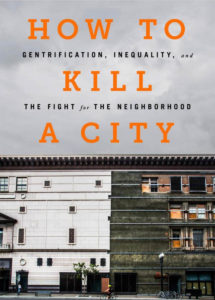 “Peter Moskowitz’s How to Kill a City takes readers from the kitchen tables of hurting families who can no longer afford their homes to the corporate boardrooms and political backrooms where destructive housing policies are devised. Along the way, Moskowitz uncovers the massive, systemic forces behind gentrification in New Orleans, Detroit, San Francisco, and New York.”
“Peter Moskowitz’s How to Kill a City takes readers from the kitchen tables of hurting families who can no longer afford their homes to the corporate boardrooms and political backrooms where destructive housing policies are devised. Along the way, Moskowitz uncovers the massive, systemic forces behind gentrification in New Orleans, Detroit, San Francisco, and New York.”
Black Faces, White Spaces: Reimagining the Relationship of African Americans to the Great Outdoors
by Carolyn Finney
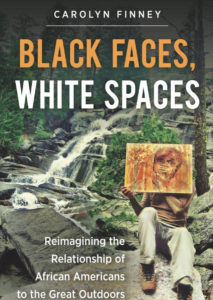
“Bridging the fields of environmental history, cultural studies, critical race studies, and geography, Carolyn Finney argues that the legacies of slavery have shaped cultural understandings of the ‘great outdoors.'”
This contribution is part of a list that was compiled in affiliation with Womxn in Design’s WiD Bib: An Annotated Bibliography of Identity Theories for the “Critical Race Theory” section.
Call Number: Frances Loeb Library GEN E185.86 .F525 2014
ISBN: 9781469614489
Publication Date: 2014
Publisher: The University of North Carolina Press
Killing Rage: Ending Racism
by bell hooks
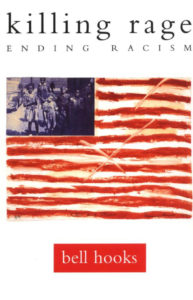 “Twenty-three essays written from a Black and Feminist perspective tackle the bitter difficulties of racism by envisioning a world without it. They address a spectrum of topics having to do with race and racism in the United States. In the title essay, hooks writes about the ‘killing rage’—the fierce anger of Black people stung by repeated instances of everyday racism—finding in that rage a healing source of love and strength and a catalyst for positive change.”
“Twenty-three essays written from a Black and Feminist perspective tackle the bitter difficulties of racism by envisioning a world without it. They address a spectrum of topics having to do with race and racism in the United States. In the title essay, hooks writes about the ‘killing rage’—the fierce anger of Black people stung by repeated instances of everyday racism—finding in that rage a healing source of love and strength and a catalyst for positive change.”
Publisher: Macmillan Publishers
